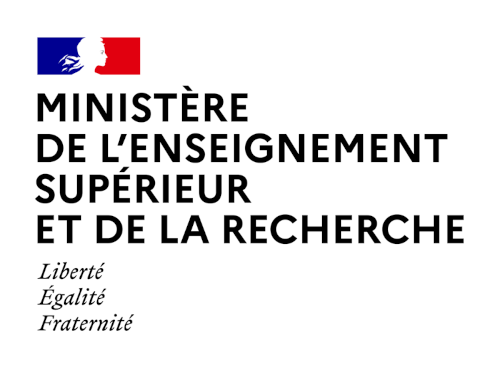Speaker:
-
Minou Schraven
Fellow MIAS - François Chevalier
Casa de Velázquez
Salle Pierre Paris
Time: 11:30-13:30
Lenguage: English
The seminar will also be accessible online.
Please fill in the form to get the link to join the seminar
Abstract:
To the dismay and ridicule of protestants, the Catholic church after Trent heavily promoted personal devotion with rosaries, prayer beads, crucifixes, medals and small images. Across all layers of society demand of these sacramentals soared, especially for those objects that carried a blessing or indulgence. In Rome, popes indeed blessed rosaries and other devotional items in ever greater numbers for distribution among pilgrims, while sending them off by box loads to areas of confessional warfare and missionary effort. At the same time, the church was engaged in an ambitious reform process towards a streamlined and universal institution led by the pope. The definition of sainthood and relics, the very issues that had kickstarted the Reformation, proved to be particularly controversial, hence the concerns of church authorities to upkeep orthodoxy and correct procedures.
Against this background, the activities of a generation of Spanish mystics who distributed devotional objects blessed in Heaven by the highest authority, Christ himself, is of great interest. As Isabelle Poutrin already pointed out in 1990, these nuns retraced their activities to Juana de la Cruz (1481-1534), abbess of the Clarissan convent S. Maria de la Cruz in Cubas near Madrid, famous for her visionary sermons delivered while in rapture. Yet the very beads and rosaries blessed by Christ on recommendation of Juana, ensured that Juana’s fame would continue well after her death, reaching as far as the New World and the Philippines; while inspiring many ambitious nuns to follow in her footsteps.
In my talk, I will focus on two of these followers of Juana de la Cruz: Juana Rodríguez de Jesús María (1574- 1650) of the Clarissan convent of Burgos, and Luisa de la Ascención (1565-1636) from the Clarissan convent in Carrión de los Condes. How did they and their supporters conceive of these nuns’ agency in obtaining special favors from heaven? How did they explain and validate the processes by which blessings and indulgences were attached to these objects? I am especially interested in the claims of these nuns that “their” objects carried indulgences, and moreover, the same virtues as the Agnus Dei: those most powerful disks fabricated from the purest wax and impressed with the Lamb of God, that each pope consecrated during the Holy Week of the first (and then each seventh) year of his pontificate. Claims like these were highly controversial, as they contested the pope’s monopoly on blessing these objects. How did supporters and contenders of these nuns deal with these claims and disputes; and on what grounds did the Inquisition in the end come to verdicts of these nuns? Ultimately, research into the activities and practices of these women aspires to reclaim the place of female spirituality and resilience within post-Tridentine religiosity.
Fig.: "La Virgen de los Desamperados" (1644), by Tomás Yepes - in the Monasterio de las Descalzas Reales.














